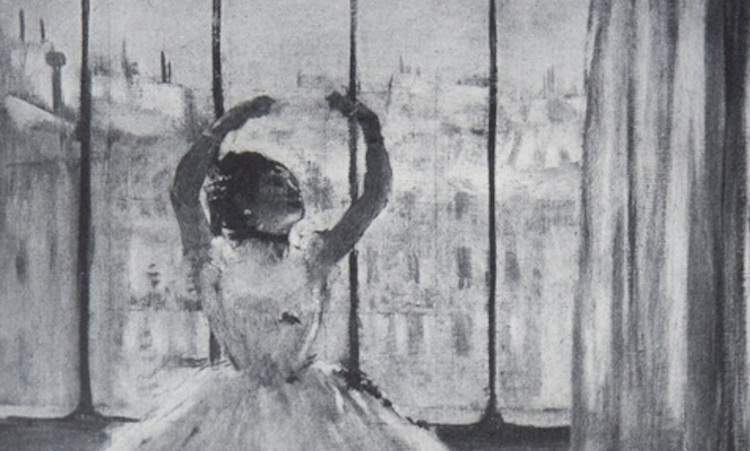The Monumental Complex of San Domenico Maggiore in Naples will host in the Refectory Hall, from January 14 to April 10, 2023, the exhibition Degas. The Return to Naples, curated by Vincenzo Sanfo, produced by the company Navigare srl in collaboration with the City of Naples. For the first time, the Neapolitan city is dedicating an exhibition to Edgar Degas, highlighting the link between the Impressionist painter and Naples. Degas cultivated a close relationship with the city from his youth; his paternal grandfather and part of his family resided in Palazzo Pignatelli di Monteleone itself, not far from the Monumental Complex of San Domenico Maggiore.
A selection of nearly two hundred works divided into three sections will be on display. The first, which refers to the painter’s youthful years, reconstructs the atmosphere of late 19th-century Naples through historical images and the analysis of the portrait of his grandfather Hilaire De Gas, the first important painting made in Naples by the future Impressionist artist, and that of the Bellelli family, his relatives, offered in the exhibition in a multimedia reproduction.
The second section will be devoted to the most representative themes of Degas’s art: dancers, prostitutes, racehorses and café-chants of the Belle Époque. The exhibition will feature a gallery of drawings, preparatory studies, numerous engravings including monotypes, lithographs and woodcuts, and three bronze sculptures. These works are fundamental to fully understanding Degas’s art. The attention to form and sign, which is achieved through study, the imitation of the great masters of Italian painting as well as the neoclassicist Ingres, together with the exercise of drawing, will accompany him until his death. For Degas, drawing reveals much more than painting the true personality of an artist. Even when he joined the Impressionist group and devoted himself to color, Degas would not abandon this conviction. Alongside the production of drawings and etchings, represented by the La maison Tellier and La Famille Cardinal series and, in facsimile, the Carnet of drawings for Ludovic Halévy, many other famous artists stand out in the exhibition, including Pablo Picasso (etching Degas and Desboutin, La Celestine series) and Jules Pascin (ink drawings Maison Close). Also accompanying the exhibition is a selection of vintage volumes dedicated to the person and artist Degas.
The third thematic area, on the other hand, is devoted to the more mundane aspects of Degas’s life, his acquaintanceship with other artists and the most troubled years of his existence due to blindness. On display here are paintings and graphic works by Neapolitan artists, such as Filippo Palizzi, whom he met at the Royal Academy of Fine Arts in Naples and with whom Degas shared dissent from academic teaching. But also other distinguished artists such as Domenico Morelli, Frank Boggs, Giuseppe Canova, Ferdinando Pappacena and Édouard Manet, with the precious oil on cardboard Vase de fleure.
Finally, thirty-four photographs made by Degas, from the Bibliothèque Nationale de France, highlight Degas’ interest in the recent invention as a tool for studying the movement of the human body and horses.
The exhibition can be visited continuously, weekdays from 9:30 a.m. to 7:30 p.m.; Saturdays, Sundays and holidays from 9:30 a.m. to 8:30 p.m. Tickets cost from 10 euros. 8 euros for holders of the Artecard tourist pass, made by the Campania Region’s Scabec company for the promotion of tourism in Campania.
For info and reservations: prenotazioni@navigaresrl.com
 |
| Naples dedicates an exhibition for the first time to Degas and his close connection with the city |
Warning: the translation into English of the original Italian article was created using automatic tools. We undertake to review all articles, but we do not guarantee the total absence of inaccuracies in the translation due to the program. You can find the original by clicking on the ITA button. If you find any mistake,please contact us.